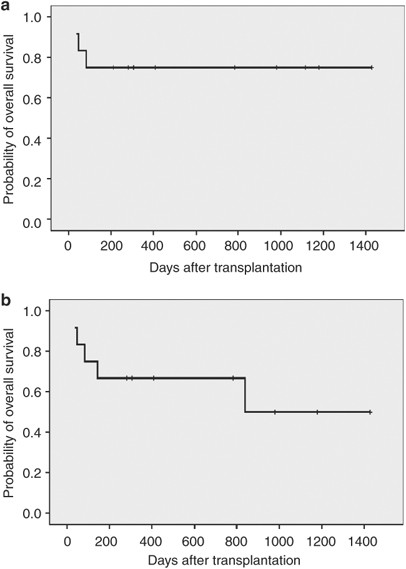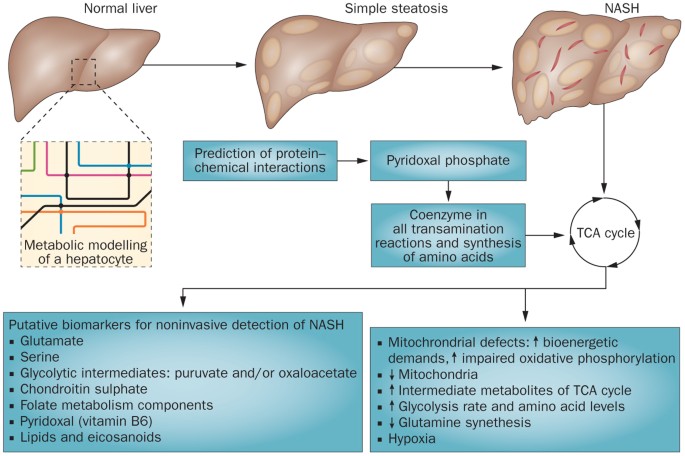- Select a language for the TTS:
- UK English Female
- UK English Male
- US English Female
- US English Male
- Australian Female
- Australian Male
- Language selected: (auto detect) - EN
Play all audios:
You have full access to this article via your institution. Download PDF Because of its simplicity, the oculomotor system has been a popular model for studying the control of movement for
many years, and our understanding of the basic neural pathways that are involved is relatively advanced. This allows oculomotor research to turn to more complex problems — as discussed by
two articles in this month's issue. On page 218, Munoz and Everling review the anti-saccade task. This requires subjects — monkeys or humans — to gaze at a fixation point until a target
appears in their peripheral vision. Normally, this would cause a rapid, saccadic eye movement towards the target, but in the anti-saccade task this automatic response must be suppressed.
Instead, the subject must generate a saccade away from the target, towards its mirror image position. This simple task can provide important insights into the voluntary suppression of
automatic movements and the transformation of visual information into a motor response, and is also relevant to various neurological and psychiatric conditions. Another type of eye movement,
this time completely involuntary, is reviewed on page 229 by Martinez-Conde, Macknik and Hubel. 'Fixational eye movements' are tiny movements that occur when we fix our gaze on an
object or point. Without them, we would be unable to study stationary objects, because neural adaptation would cause the visual world to fade rapidly from view. But we are normally unaware
of these movements — the tiny fluctuations of the visual scene that they cause do not register with our consciousness. So studying fixational eye movements allows us to investigate the
neural underpinnings of visual awareness and perception. As these articles show, the study of eye movements is becoming an important tool for understanding response suppression, perception
and even consciousness. RIGHTS AND PERMISSIONS Reprints and permissions ABOUT THIS ARTICLE CITE THIS ARTICLE In This Issue. _Nat Rev Neurosci_ 5, 163 (2004). https://doi.org/10.1038/nrn1362
Download citation * Issue Date: March 2004 * DOI: https://doi.org/10.1038/nrn1362 SHARE THIS ARTICLE Anyone you share the following link with will be able to read this content: Get shareable
link Sorry, a shareable link is not currently available for this article. Copy to clipboard Provided by the Springer Nature SharedIt content-sharing initiative







